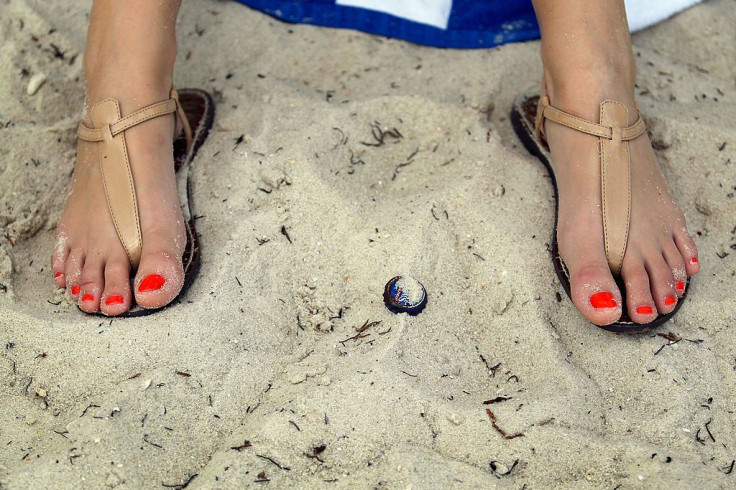Instant Sunburn Risks: Why It's So Hard To Tell You're Getting Burned


This question originally appeared on Quora. Answer by Joshua Engel, founder and senior software developer at Highfleet, Inc.
The reddening of sunburn isn't caused by the sun itself, but by red blood rushing in to heal the damage. Blood vessels swell in response to the damage, a bit like a bruise. That extra blood causes the skin to appear red. It also causes the skin to feel hot to the touch. Ordinarily, the skin is a few degrees cooler than your internal body temperature because it's on the surface radiating heat, and evaporation from sweat cools the skin. The extra blood (heated to fully 37 degrees Celsius in the core of the body) warms the skin up, making it feel hot. Like a bruise, it doesn't appear immediately. The damage is done, but it takes the body's systems a while to react to it. Thus, you get redder over the course of hours or even a day.
Turning brown is another effect, as the melanocytes react to the damage by producing more melanin. This happens slowly, [and can take] a couple of days to produce noticeable browning. The red isn't really "fading to brown": As the damage heals, the swelling shrinks and the reddening decreases, around the same time as the melanin has accumulated to the point that you can see it.
You can't feel the damage as it's being done because it's very slow, and it doesn't trigger the pain nerves. The energy is being accumulated in the cells, but it's not making you all that much warmer. You will feel warm, but you'll just attribute it to the overall warmth of the day. (If you manage to be out on a glacier, you may well notice that your skin feels warmer than expected. That's a warning, one that I've ignored to my peril.)
The damage is the same as caused by a regular burn from a fire, but it happens over hours rather than seconds. You need to be aware of the sun (which can cause burns even when the temperature is cold) and not depend on your body to warn you.
More from Quora:
Published by Medicaldaily.com



























